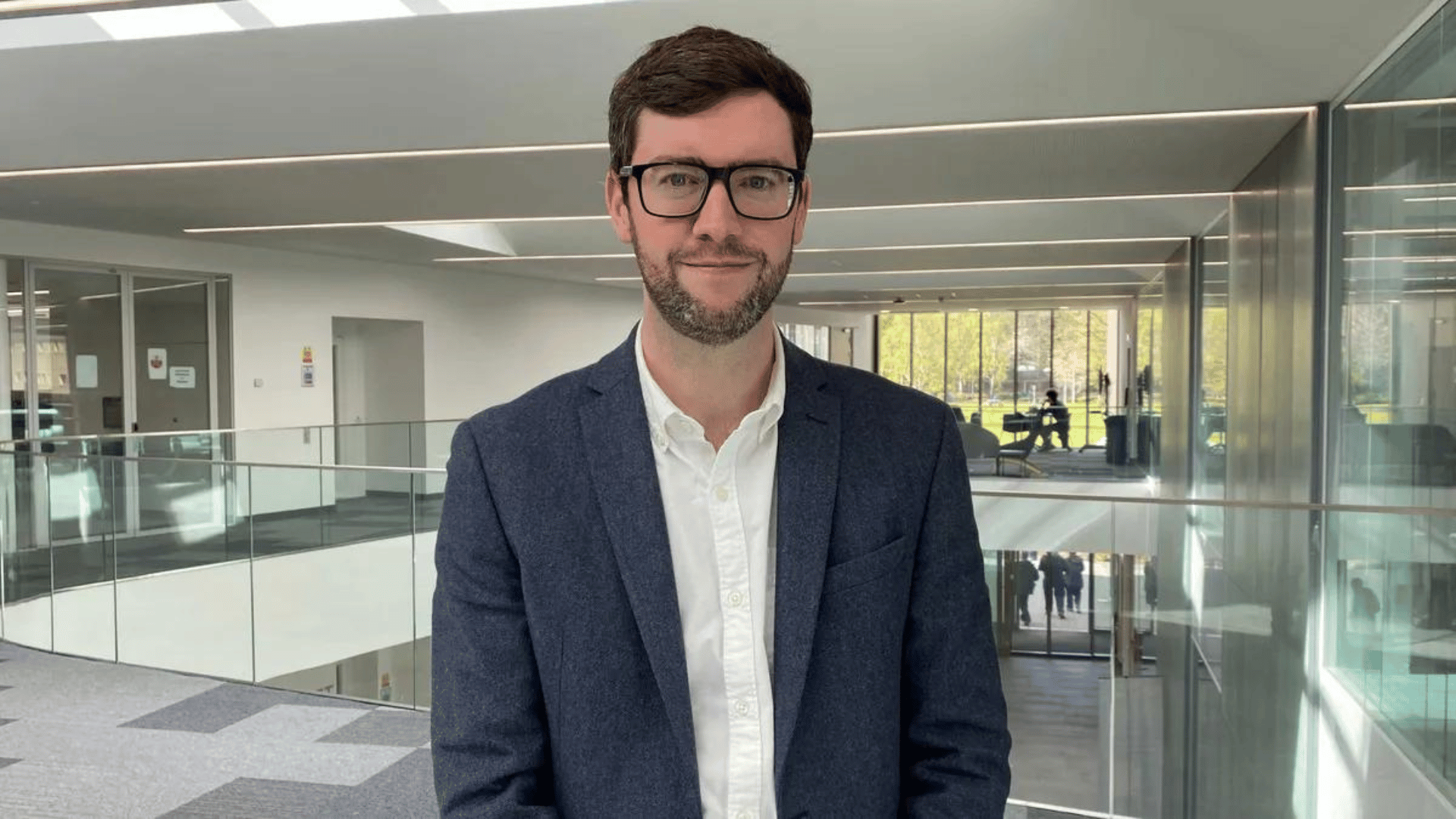A team of scientists led by Heriot-Watt University in Edinburgh, Scotland, have designed a new type of porous material that can store carbon dioxide and other greenhouse gases better than trees.

The team also collaborated with the University of Liverpool, Imperial College London, the University of Southampton, and East China University of Science and Technology in China.
Computer modeling specialists at the University of Southhampton and Imperial College London created simulations to help the team understand and predict how the cage molecules would assemble into this new type of porous material.
The research discusses how the scientists created hollow cage-like molecules with high storage capacities for greenhouse gases like carbon dioxide and sulfur hexafluoride, a more potent greenhouse gas that can linger in the atmosphere for thousands of years.
The cage molecules were assembled using other cages to create a new type of porous structure that scientists claim is the first of its kind due to its “cage of cages” structure.
“Direct air capture of carbon dioxide is increasingly important because even when we stop emitting carbon dioxide, there’s still going to be a huge need to capture previous emissions that are already in the environment. Planting trees is a very effective way to absorb carbon, but it’s very slow. So we need a human intervention – like human-made molecules – to capture greenhouse gases efficiently from the environment more quickly.” stated scientist Dr. Marc Little, an Assistant Professor at Heriot-Watt University’s Institute of Chemical Sciences who jointly led the research.
Explore Tomorrow's World from your inbox
Get the latest innovations shaping tomorrow’s world delivered to your inbox!
I understand that by providing my email address, I agree to receive emails from Tomorrow's World Today. I understand that I may opt out of receiving such communications at any time.
In addition to trapping greenhouse gases, study authors also speculate that molecules with similarly complex structures could be used to remove volatile organic compounds from the air and could be important to medical science.

Using AI technology and computer modeling to make predictions like those made in this study not only allows scientists to make these discoveries faster but also saves lab materials and financial resources.
“Combining computational studies like ours with new AI technologies could create an unprecedented supply of new materials to solve the most pressing societal challenges, and this study is an important step in this direction.” Dr. Little stated.






